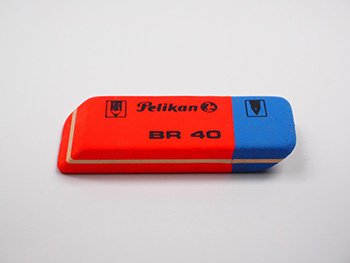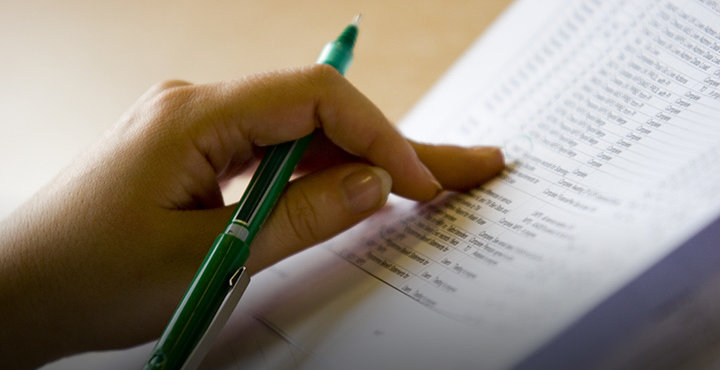What Is Proofreading?
Your boss or professor may have told you in the past that you need to proofread your work before submitting it. Although you didn't admit it at the time, it's possible that you asked yourself the following questions: What is proofreading anyway? What is involved in the proofreading process? Why should I even bother?
You might know that proofreading does not involve in-depth changes or fact checking and that proofreading is not the same as editing. It seems that, when we're talking about proofreading, the matter of what proofreading is not comes up a lot more than what proofreading is.
While that information is helpful, it still doesn't answer your original question: what is proofreading?
Here's the simplest definition, which the rest of this article will explain in greater detail:
Proofreading is the process of reviewing the final draft of a piece of writing to ensure consistency and accuracy in grammar, spelling, punctuation, and formatting.
What is traditional proofreading?
One of the things clouding people's understanding of what proofreading entails is the fact that the word is used differently in different fields. Asking "What is proofreading?" to someone in the publishing profession, for example, will likely garner a very different reply than asking someone at a university.
Someone in the publishing industry would view proofreading as the last possible opportunity to revise a manuscript before it is printed and published. The proofreader compares the proofs—printed versions of the manuscript, which include all the formatting, page numbers, headers, etc. that will be included in the final edition—with the edited copy to make sure that no errors have been introduced by the formatting or printing.
But wait—I thought proofreading was about fixing spelling mistakes?
The word proofreading has taken on a definition separate from the role it plays in the publication of manuscripts.

What most people are referring to when they use the word proofreading is the process of checking a document for any kind of grammatical, typographical, or formatting errors. Proofreading should always be the last step taken before a document is published online, handed in to a professor, submitted for a job application, or otherwise shared with its intended audience.
What kinds of errors are identified and fixed during proofreading?
By the time a document is ready to be proofread, it should have been edited already. This means its content should already be well organized, well written, and easy to understand. Editing also involves removing errors, but it focuses more on making sure the document makes sense as a whole.
Proofreading, on the other hand, is about finding errors both small and large that were either missed or introduced during editing. Proofreaders ensure that the document's final draft is completely free of grammatical errors (e.g., subject–verb agreement problems, incorrect word choices, improper punctuation usage, and incorrect spelling) as well as formatting and typographical errors. They also make sure the document adheres to the chosen style guide.
Unlike traditional proofreaders in the publishing industry, document proofreaders are not limited in the number of revisions they can make to a document, as there is generally no elevated proofreading cost associated with making more changes. However, if proofreaders find that most of the document still requires extensive changes, they may recommend that it undergo another round of editing.
Conclusion
Though a proofread is less extensive than an edit, it is an important step when preparing a piece of writing to be read by other people, as errors can cause confusion or be seen as unprofessional. Scribendi's proofreading services will help you polish your writing and ensure it is ready for your readers.
Image sources: Unsplash.com, Hans/Pixabay.com









